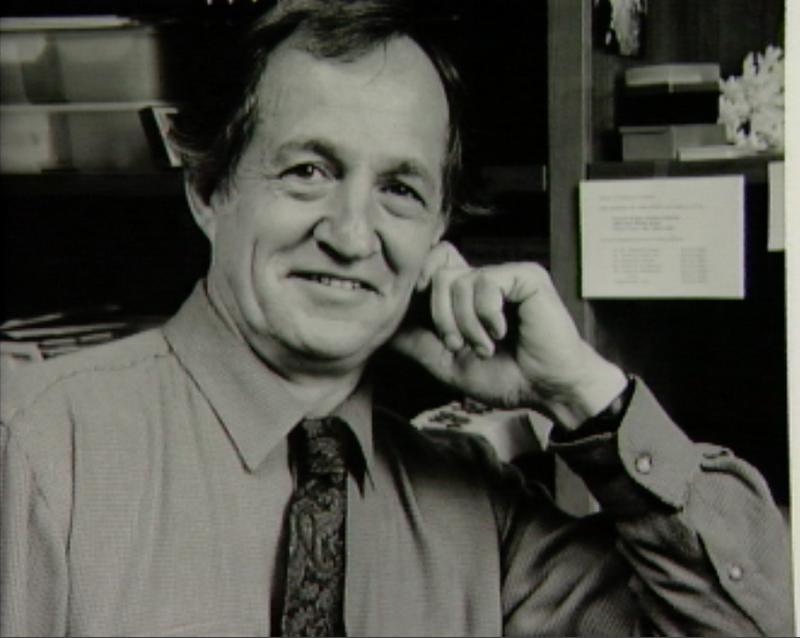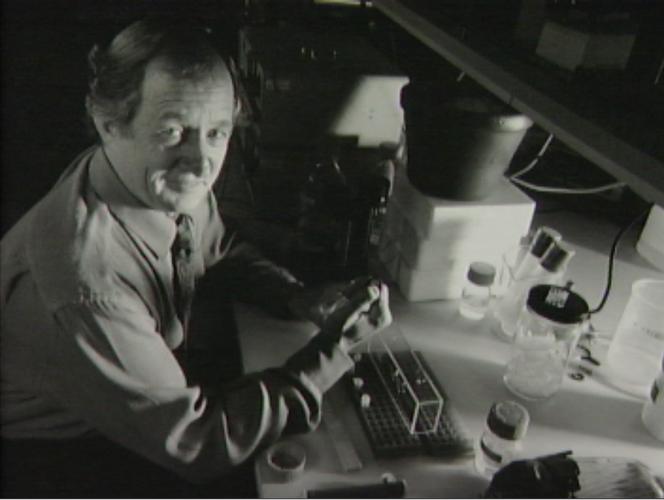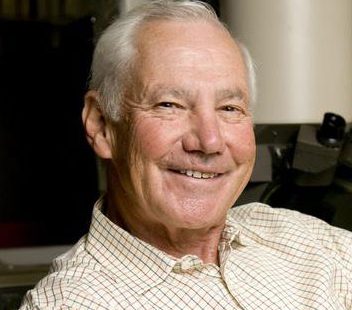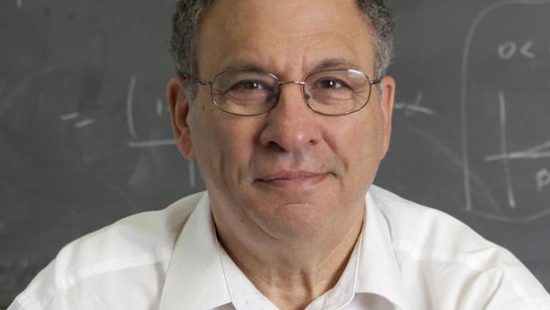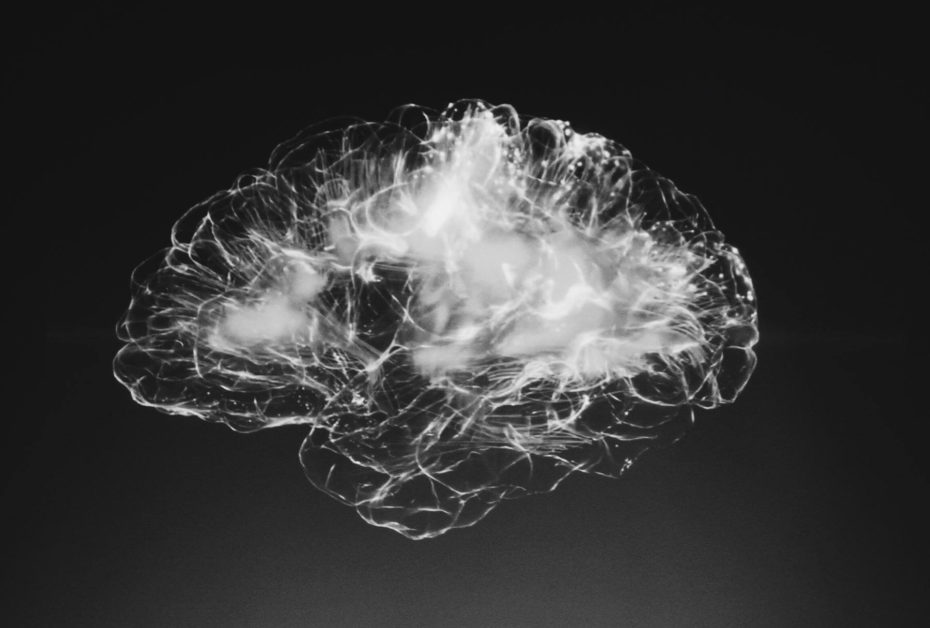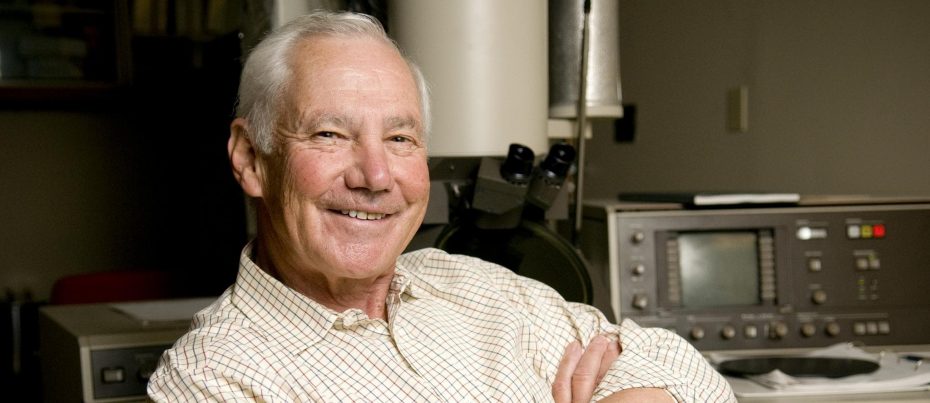Before grappling with some of the most difficult questions in molecular genetics, Mario Capecchi first had to overcome the challenges of his own childhood. Born in Verona, Italy, in 1937, Capecchi was left to fend for himself for on the streets of northern Italy during World War II, when his father went missing in action and his mother was sent to a Nazi internment camp. Eventually reunited with his mother after four years, the family moved to Pennsylvania, where Capecchi’s uncle lived.
In America, Capecchi seized his new chance at life, and went on to become one of the foremost molecular geneticists of his generation. After studying chemistry and physics at Antioch College in Ohio, Capecchi received his Ph.D. in biophysics from Harvard University, where he studied under James Watson, co-discoverer of the structure of DNA. Capecchi is best known for discovering the process by which scientists can selectively mutate specific genes in mice. This breakthrough allowed scientists to measure the role of individual genes in overall physiology and behavior. Capecchi was awarded the Nobel Prize in Physiology or Medicine for this discovery in 2007, which he shared with Martin Evans and Oliver Smithies. He has been a professor at the University of Utah since 1973.
By Sara Grossman

